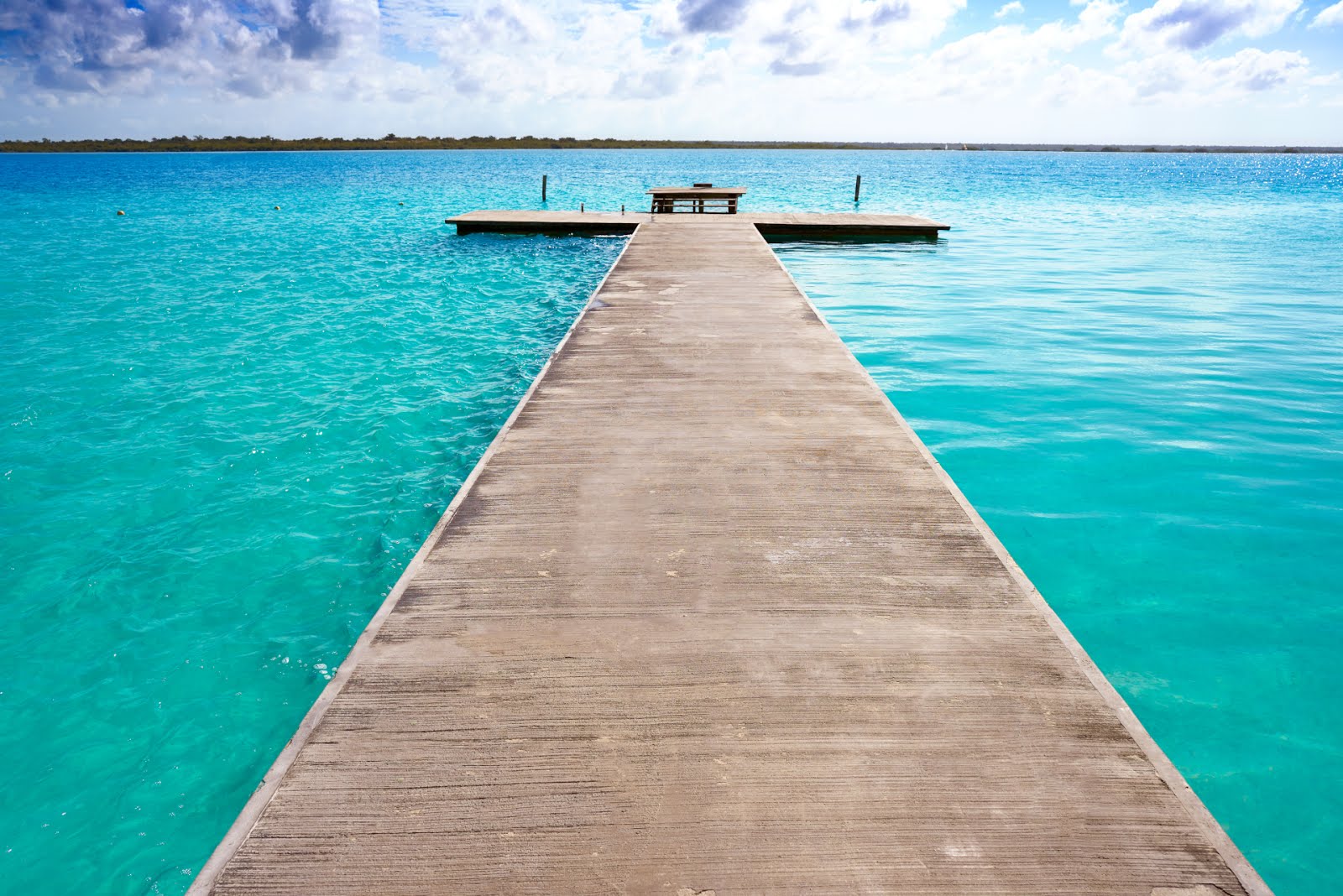We have 100 days of our epic trip to go! We have experienced so much so far and are grateful for all that we have seen, the people we have m...
We have 100 days of our epic trip to go! We have experienced so much so far and are grateful for all that we have seen, the people we have met and the laughs we have. I know the next 100 will continue to surprise, amaze and entertain us. In the meantime, today is all about the Gold Rush, so settle down, time for a history lesson!
We started the day with a great breakfast at a local cafe that did an amazing range of breakfast dishes. James' opted for a "skillet" dish - like a scrambled egg medley with ham, potatoes, sausage, bacon and cheese. It was delicious. I opted for a "Cowboy omelette"; a filling of spicy mince, mushrooms with a side of potatoes. It also came with a side of pancakes, complete with whipped butter and maple syrup. Again, delicious.
Today we explored our local area, first by visiting the small town of Murphy's (yes, we found the possessive noun odd too!). This was a really quaint American town with a rustic town feel. This area is gold rush territory and you can image these towns springing up as the gold rush pioneers invaded the area. Nowadays, the gold mining has stopped and has been replaced by other local industries, most notably wine making. The main street today is lined with over two dozen wine tasting rooms and the town surrounded by local vineyards. We decided against any "free" wine tasting because being Brits, we would free pressured into buy a case or two!
A bit of research explains that possessive noun - Murphy's. Wikipedia explains: "The area around Murphys was originally occupied by the Miwok. John and Daniel Murphy were part of the Stephens-Townsend-Murphy Party, the first immigrant party to bring wagons across the Sierra Nevada to Sutter's Fort in 1844. They earned a living as merchants, but like many others, began prospecting when the California Gold Rush began. They first started in Vallecito, which was then known as "Murphys Old Diggings," before moving to another location in 1848 which became "Murphys New Diggings," "Murphy's Camp," and eventually just "Murphys" in 1935."
We then ventured into the nearby Mercer Caverns. These are named after the gold prospector Walter J. Mercer who discovered the caves around 1885 and filed a claim to all the gold he hoped to find in them. However, being made of limestone, gold would not have formed there. However, not one to miss an opportunity, 12 days after finding the caves, he started charging people 50¢ or a pinch of gold dust for tours of the caves.
The caverns have a large number of stalactites and stalagmites, including the rare cavern formation known as flos ferri (the coral-like formations). The tour we took descended 160 feet (more than the height of the Statue of Liberty) and there were 208 steps down and 232 up!
Like Wookey Hole in England, this cave system also has its own witch!
On our return, we stopped off in our nearest town, Columbia which again was a gold rush town - part of which is a historic State Park. The discovery here was one of the richest finds of the California Gold Rush.
Now, rather than digging mines, the gold in this area was able to be extracted from the earth by the classic process known as Placer mining. This is where streams are panned for gold since the deposits are in the alluvial soil. However, this area didn't have the lacked water needed for such operations. Over the next several years, a network of water supply aqueducts was built (at a cost of over $1 million) to the area to support mining operations. By 1852, sufficient water was arriving to support the development of a mining boom town. Water was also used to blast away soil (hydraulic mining) which was then checked for gold nuggets as it passed through sluce boxes or other devices. All the water blasting has lead to the harder, limestone rocks being exposed and the surrounding landscape is covered with these dark boulders sticking out of the ground.
The historic State park has preserved the old town's buildings and is a popular tourist attraction in the summer months. Shopkeepers and traders are also still doing business in town. It has been used as a shooting location for many films and television scenes. The Gary Cooper film, High Noon includes scenes filmed in 1952 in and around the Wilson House, on Main Street and in front of Engine House.
We took our own photos and tried to capture the essence of the town - can you tell it is not high season?!
I started this post with a bandstand (in Murphy's) and I'll finish with another (in Columbia). James and I loved the autumn colours up against this classic bandstand and decided to see who could capture it best. Which image do you prefer - the one on the right or the one on the left? Comment below!On the way back, we spotted some local deer (which of course are common in wooded areas) but also some wild turkeys wandering around. Key West has its chickens, Fort Lauderdale its iguanas, Vancouver Island its bears and Columbia its turkeys!


















We both prefer the one on the left! Who took which?
ReplyDeleteI'll let a few others say which they prefered before revealing in a day or two!
ReplyDeleteI took the one on the left! hehe
ReplyDelete